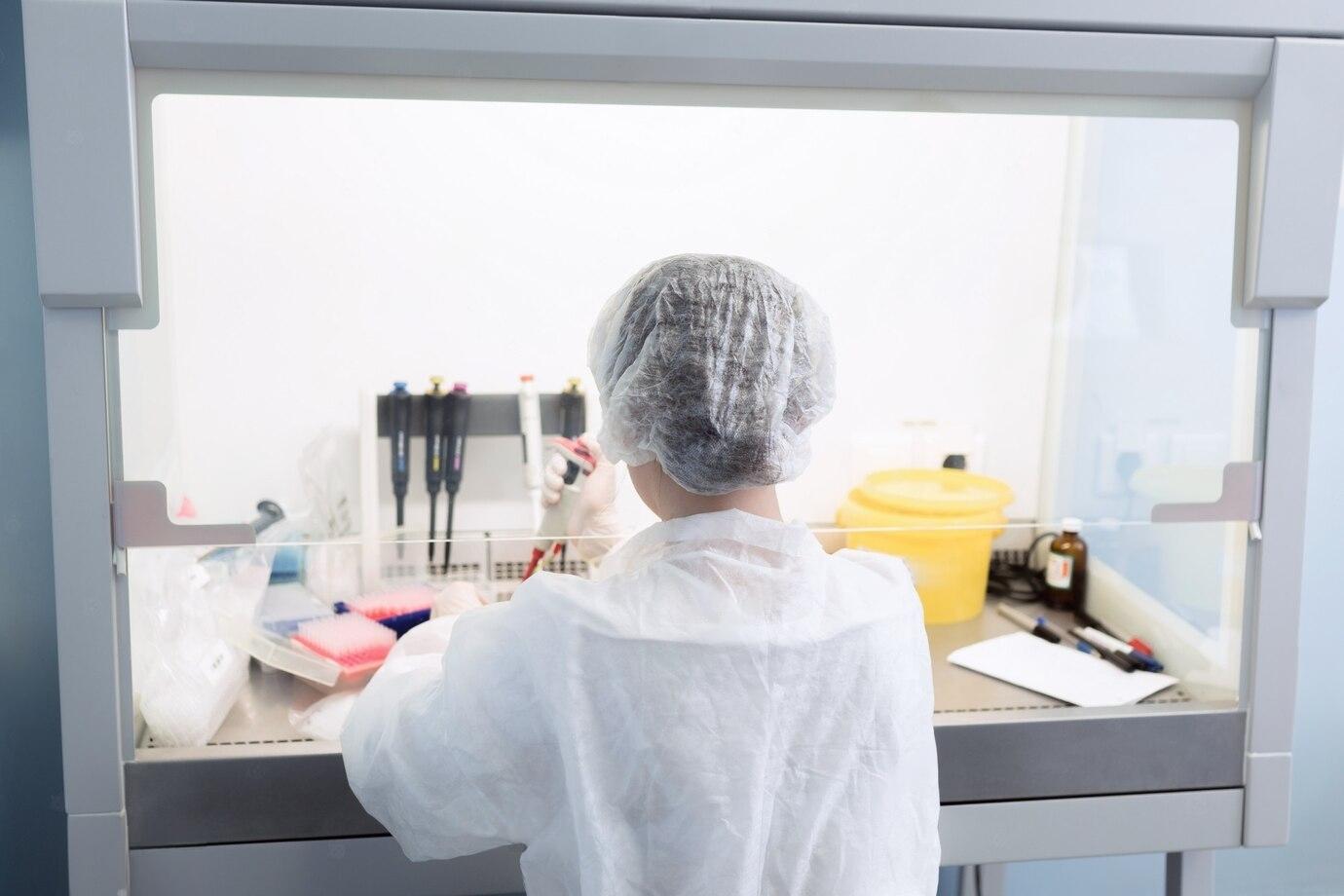Fume hoods in laboratories are critical to the safety and well-being of researchers, scientists, and laboratory employees. These specially designed enclosures protect against hazardous fumes, vapors, and dust, creating a safe working environment. However, choosing the right laboratory fume hood requires careful consideration of several factors to ensure optimal performance and safety. In this post, we will look at the most important factors to consider when choosing a laboratory fume hood.
What is a Laboratory Fume Hood?
A laboratory fume hood is a ventilation system designed to contain and exhaust harmful gases, vapors, and particulate matter generated during laboratory procedures. It consists of a working chamber enclosed by a sash, which can be raised or lowered to control airflow. The fume hood is connected to an exhaust system that removes the contaminated air and directs it safely out of the laboratory.
Importance of Choosing the Right Laboratory Fume Hood
Choosing the right laboratory fume hood is essential for various reasons. Firstly, it ensures the safety of laboratory personnel by effectively containing and removing hazardous substances, preventing their exposure. Secondly, a suitable fume hood promotes the accuracy and reliability of experimental results by minimizing interference from contaminants. Lastly, it helps comply with regulatory standards and guidelines related to laboratory safety, which are crucial for maintaining a safe working environment.
Factors to Consider when Choosing a Laboratory Fume Hood
Safety Features
When selecting a laboratory fume hood, safety features should be a top priority. Look for hoods with alarms and automatic shut-off systems to protect against potential hazards. Features such as fire suppression systems, airflow monitors, and sash position sensors can greatly enhance safety in the laboratory.
Type of Fume Hood
Laboratory fume hoods come in a variety of configurations, including ducted fume hoods, ductless fume hoods, and biosafety cabinets. Each type serves specific purposes and has different ventilation requirements. Consider the nature of your work and select the appropriate type of fume hood accordingly.
Ventilation and Airflow
Proper ventilation and airflow are crucial for the effective functioning of a fume hood. Ensure that the hood is capable of providing the required face velocity to contain and exhaust the contaminants adequately. It is recommended to consult with ventilation experts to determine the appropriate airflow specifications for your specific laboratory needs.
Size and Space Requirements
Consider the available space in your laboratory when choosing a fume hood.The hood’s size should be appropriate to the workplace and the volume of hazardous items being handled. It is important to have enough clearance around the fume hood for proper operation and maintenance.
Chemical Compatibility
Different chemicals and substances have varying levels of reactivity and compatibility with materials used in fume hood construction. Ensure that the materials of the fume hood are resistant to the chemicals being used to prevent degradation or corrosion. Consider the chemical resistance of the interior surfaces, sashes, and work surfaces of the fume hood.
Energy Efficiency
Energy-efficient fume hoods can significantly reduce operational costs and environmental impacts. Look for hoods equipped with features such as variable air volume (VAV) controls, occupancy sensors, and low-flow alarms. These features optimize energy consumption by adjusting airflow based on user needs and automatically reducing airflow when the hood is not in use.
Maintenance and Serviceability
Regular maintenance and service are essential for the proper functioning of laboratory fume hoods. Choose a fume hood that is easy to clean and maintain, with access to filters, plumbing, and electrical components for service and replacement. Consider the availability of local service providers who can offer prompt assistance when needed.
Budget Considerations
While it is critical to invest in a high-quality fume hood that fulfils your needs, economic constraints should also be considered. Determine a budget range and explore options that offer the best balance between performance, safety features, and cost.
Conclusion
Choosing the right laboratory fume hood manufacturers is a critical decision that directly impacts the safety, productivity, and efficiency of a laboratory. By considering factors such as safety features, type of fume hood, ventilation, size, chemical compatibility, energy efficiency, maintenance, and budget, you can make an informed choice that meets your specific needs. Prioritize the safety of laboratory personnel and compliance with regulatory standards when selecting a fume hood.
FAQs
1. What is the purpose of a laboratory fume hood?
A laboratory fume hood is designed to contain and exhaust hazardous substances generated during laboratory procedures, ensuring the safety of personnel and preventing exposure.
2. Are all laboratory fume hoods the same?
No, there are different types of laboratory fume hoods, including ducted, ductless, and biosafety cabinets, each serving specific purposes and having unique ventilation requirements.
3. How important is proper ventilation and airflow in a fume hood?
Proper ventilation and airflow are crucial for the effective functioning of a fume hood. They help contain and exhaust contaminants, ensuring a safe working environment.
What should be considered when selecting the size of a fume hood?
The size of a fume hood should be proportional to the available workspace and the volume of hazardous materials being handled. Sufficient clearance should be provided for proper operation and maintenance.
Are energy-efficient fume hoods worth considering?
Yes, energy-efficient fume hoods can significantly reduce operational costs and environmental impact. Features such as variable air volume controls and occupancy sensors optimize energy consumption.


